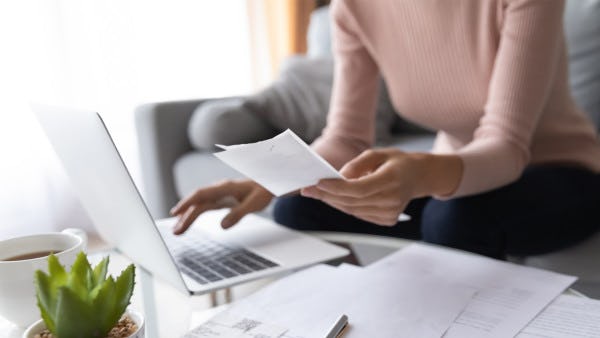While there’s no tried-and-true way to prepare for a power outage in Texas, there are a few things you can do ahead of time to get ready. The first is to prepare for the preparation. That’s right. Prepare for the potential of being without power. This is the simplest—all it requires is for you to be looped into your local Texas weather forecast. Watch the weather regularly and if there’s a hurricane, storm, polar vortex, freeze, etc., it’s time to kick in the power outage preparation plan.
It should also be noted that even if a storm isn’t directly at fault (i.e., a wind gust knocks over a power line), utilities—as we all know in Texas—sometimes implement rolling blackouts and brownouts to keep the grid stable. This protects the grid from over usage, which can lead to longer, more widespread blackouts. While, in a perfect world, you’d be notified, that’s not always the case, but there are a few steps you can take if a power outage seems likely.
What to do Before a Power Outage
Stock up, responsibly. Everyone is going to be in the same boat as you the power outage occurs. But it’s paramount to stock up on food, water, and non-perishable items in case you can’t heat up or cool down anything. Plan on about a gallon of water per person, per day.
If possible, get a generator. This can basically make it seem like you aren’t even experiencing a blackout. Whether you get a portable generator to keep a few lights on, a standby generator that will automatically click on when it senses an outage or one that’s powerful enough to light the whole house, it’ll be one of the best purchases you’ve made.
Stay in the know. Keep your eye on the sky and monitor the Texas news as best you can to get a better idea of when things might get back to normal.
What to do During a Power Outage
Stay calm. It’s going to be okay. That’s the most important one. But a few others that can make life a bit easier…
Unplug things you’re definitely not using during power outages. When the power does click back on, the power surge could damage things you love—like your TV, laptop, medical devices, oven, electrical system, and smart home devices.
Treat your water, if necessary. If you didn’t stock up ahead of time or everyone snatched the water already, make sure there isn’t a boil notice before drinking it.
Conserve your phone’s life. If you don’t have a battery charger at the ready, don’t scroll through Facebook for hours on end. Your cell phone is your lifeline to what’s going on. Another good tip is to charge your phone in your car if you can. You can also heat up or cool down in your car so long as it’s outside and not in a garage.
What to do After a Power Outage
Once the power outage has stopped and things are back to normal, a few items should be checked off to ensure a smooth transition to normalcy...
Check for damage. This could be from frozen pipes or wind or flooding or broken power lines or anything in between. Make sure your house remained unscathed.
One-by-one, turn on those appliances we told you to unplug earlier. It’s important to go individually, just to avoid a power surge.
Clean out the kitchen. If it was hot, the items in your powerless fridge and freezer may be spoiled.
Learn from it. What did you wish you had during the power outage? What could you have done better? Answering these will get you ready for next time. It’s Texas; it’ll happen again.
If you experience a power outage, you can get a hold of your Transmission and Distribution Service provider. This is the company that maintains the lines, poles, and meters that deliver electricity to your home. Their info is below:
Oncor: (888) 313-4747
CenterPoint Energy: (800) 332-7143
AEP Texas Central: (866) 223-8508
AEP Texas North: (866) 223-8508
TNMP: (888) 866-7456




